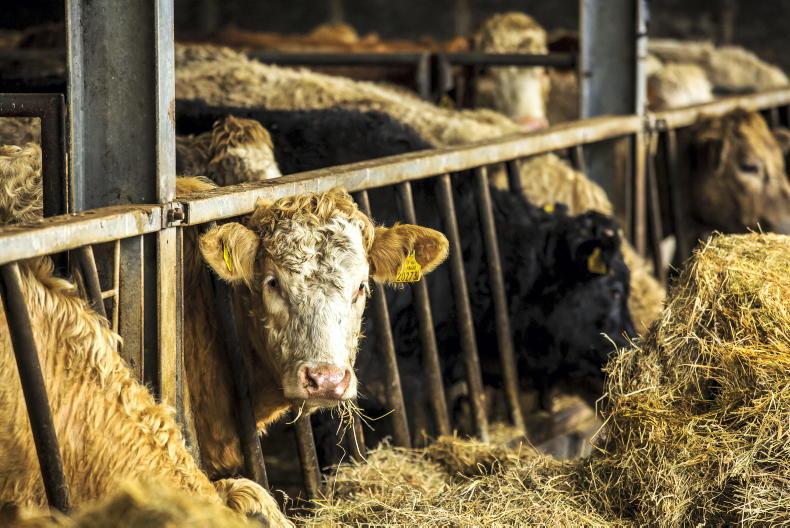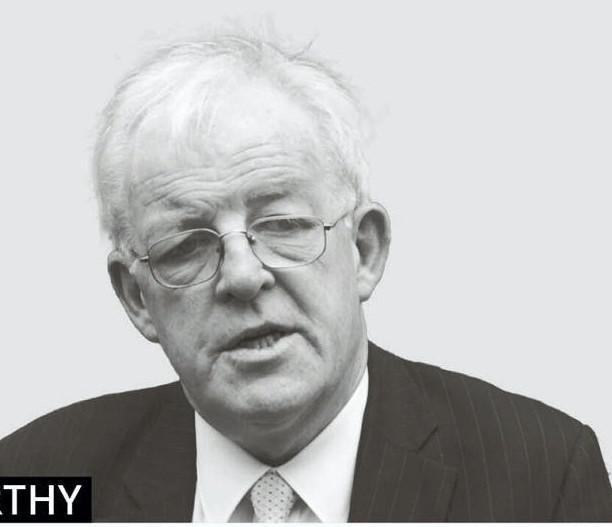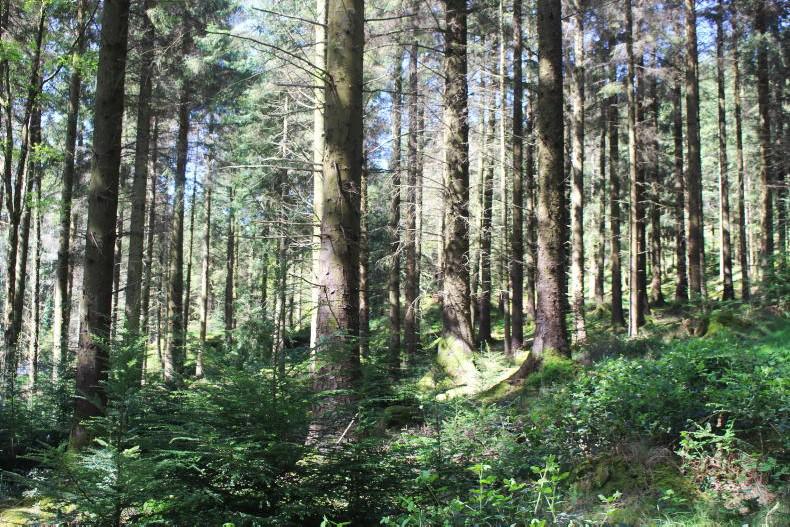A casualty of the renewed violence affecting Gaza and Israel was a friendly match between two of Europe’s elite clubs, Juventus and Atlético Madrid, scheduled for Tel Aviv’s Bloomfield stadium last Sunday. The game was played instead at Juve’s training ground in Turin. The Bloomfield stadium expected to sell most of the 29,400 seats at the venue, which is operated by the city.
They will not miss the revenue, since there were 70 match days at Bloomfield over the last 12 months. The venue, rebuilt and modernised in 2019, is also popular for concerts – Celine Dion performed there at the end of May – but the main business is football.
Three Israeli professional teams play their home games at the venue, Maccabi Tel Aviv, Hapoel Tel Aviv, two of Israel’s top clubs, and Bnei Yehuda, a lower division side. There are some Israeli international matches plus occasional visits from marquee names like Juventus and Atlético Madrid.
Bloomfield welcomes crowds twice a week, for matches or concerts, most weeks of the year.
Football stadiums are expensive to build but cost very little to open for business – once built, it makes sense to stage as many events as possible and it is difficult to justify heavy capital expenditure unless high utilisation is intended. Except in Ireland, where stadium projects abound, and the bottomless coffers of the State are on permanent standby.
There are dozens of live stadium projects around the country, none of the sports organisations are flush with cash and the ever-bountiful Exchequer is the preferred source for capital money. Stadiums in Ireland do not host frequent events so there is no operating surplus to remunerate the heavy capital expenditure that the stadium-boosters are seeking.
GAA games
Ireland is well-equipped with large modern stadiums, notably Croke Park and the Aviva in Dublin and the refurbished Páirc Uí Chaoimh in Cork. None are exceptionally busy: the Aviva accommodates the (relatively few) international soccer and rugby games plus occasional club games and concerts in summer. There are not that many big GAA games for Croke Park either and local residents object to frequent concerts, for which there are alternative outdoor venues.
It is difficult, in a small country without an abundance of major sporting fixtures, to make a case for another large stadium. However, there is a problem with more compact smaller venues for soccer and rugby, while some of the GAA’s county grounds around the country are not exactly luxurious.
Only one of the League of Ireland soccer teams, for whom a crowd above 5,000 is a good day, have a modern venue, Tallaght Stadium, owned by South Dublin County Council and the home of the current champions Shamrock Rovers.
The Hoops are limited to selling 8,000 tickets (the ground is being expanded to 10,500 capacity next year) and have had to turn customers away for some recent fixtures. Their Dublin rivals (Bohemians, Shelbourne and St Patrick’s Athletic) operate from venues restricted to around 4,500 spectators – the health and safety people have imposed restrictions. The League is hardly awash with money but all three have turned customers away this season.
Ambitious plans
There are ambitious plans (but no money) to expand three Dublin venues (Dalymount for Bohemians, Tolka for Shelbourne and a new venue close to Richmond Park in Inchicore for Pats) which are unlikely to be realised. The initial budget for Dalymount was set at €32m, with Shelbourne sharing the ground and Tolka consigned to some higher priority, housing the most obvious. Shels have now decided to go it alone and the €32m for Dalymount will not be enough according to Dublin City Council, which owns the property. Redeveloping all three looks like a €100m-plus mistake.
There is another under-utilised stadium in Dublin seeking State support for modernisation, the Royal Dublin Society ground in Ballsbridge which operates with temporary, scaffolded, seating. It hosted just 11 rugby games last season, plus the Horse Show. Leinster plays some of its bigger matches at the nearby Aviva. Rugby teams play fewer games per annum than soccer clubs. The RDS could be upgraded at affordable cost to a capacity of perhaps 20,000, but the Government would hardly support the project alongside the various one-for-everyone-in-the-audience approach demanded by the soccer clubs.
Several county boards of the GAA have stadium ambitions too, including Meath for its ground in Navan, less than an hour from the under-utilised Croke Park on Dublin’s northside.
There is a case for some better stadiums at smaller scale, but how many? Does every GAA county (there are 32) need a stadium which will be busy for just a few days every year? If Minister for Sport Jack Chambers needs a winter break, he could take in a game at Bloomfield, there will be plenty to choose from, and a chat with Tel Aviv city council.










SHARING OPTIONS